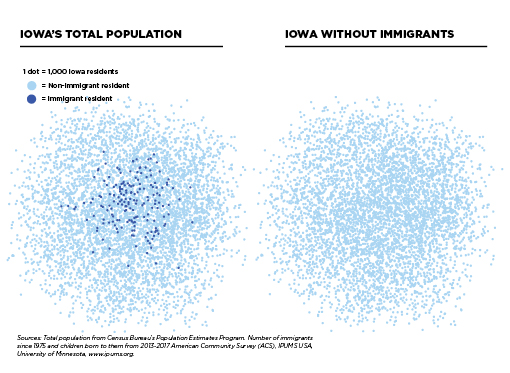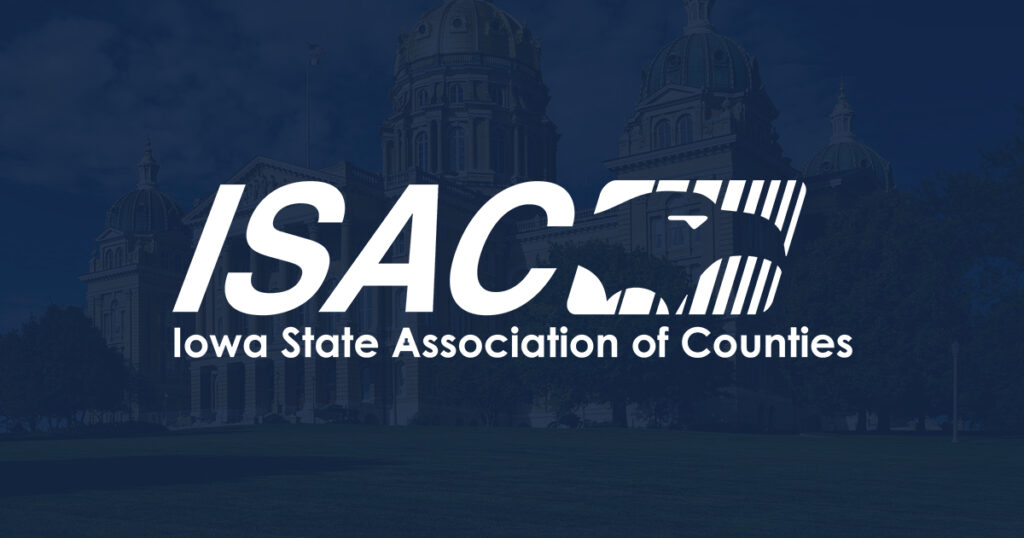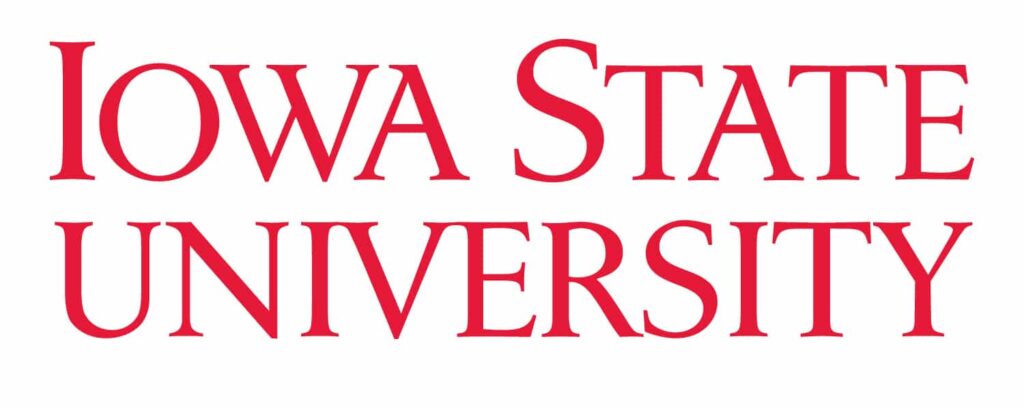Weapons in the talent war
Leaders speak on luring workers from other states, offering perks

PERRY BEEMAN Nov 14, 2019 | 6:11 pm
7 min read time
1,682 wordsBusiness Record Insider, Economic DevelopmentOur annual look at the prospects for hiring new workers takes a fresh turn this year with the results of a panel discussion at our Newsroom515 series.
We assembled four authorities on related topics Oct. 17 and asked if they had advice for all of us as 2020 approaches.
Panelists included Jean Clabaugh, senior vice president, talent acquisition strategy and delivery, Wells Fargo; Mike Rice, president, Aureon Consulting; Liesl Eathington, coordinator of the Iowa Community Indicators Program at Iowa State University; and Chris Lorenz, director of engineering recruiting, Palmer Group.
These were among the key takeaways:
Looking for help? Mine Nebraska
Eathington found a beta tool from the U.S. Census that helps show where new workers in Iowa moved from and where the workers Iowa lost have gone.
A Business Record analysis of the job exchange database showed that Iowa had a net gain in workers — in other words lured more people to move into Iowa than we lost to a particular state — in the cases of Nebraska, Illinois, Kansas and Missouri in the first quarter of 2018, the most recent data available. Minnesota and Wisconsin took more of our workers than they gave us.
Nebraska was by far the biggest source of Iowa workers among the contiguous states, providing Iowa a net gain of 205 workers in that one quarter alone.
“If we look at our exchanges of workers just between Iowa and Nebraska that’s one of the states where we actually are winning the competition,” Eathington said. “And that’s, in terms of sheer numbers of workers that we attract their second behind Illinois.” In raw numbers, and not net, Illinois provided Iowa 2,501 workers and Nebraska 1,825.
“So Nebraska is a pretty good pool for attracting workers to Iowa,” Eathington noted.
Iowa does, however, have some issues when it comes to pay — in part because of a relatively low cost of living. “If we compare Iowa to the U.S. we are about 88% to 90% of the U.S. average and median weekly earnings, but so much of that is dependent on the job mix. It is really hard to do an apples to apples comparison,” Eathington said.
Foreign born workers
There’s a reason the Greater Des Moines Partnership and many other local business organizations lobby for better visa programs in the federal government and other initiatives to help attract immigrant workers. With one of the lowest unemployment rates in the nation, Iowa doesn’t have enough skilled workers. See graph on page 16.
“One thing that I wanted to highlight is the importance of our international immigration flows,’’ Eathington said. “Even if you don’t think it affects your firm directly, it’s affecting the state of Iowa. A lot is going to have to depend on what happens with our national immigration policies.”
Some of the problem is simple math. “You probably know that Iowa lags the U.S. in terms of population growth rate,” Eathington said. “Just imagine if we cut that by 40% — that’s the contribution of international immigration to Iowa’s population growth” between 2010 and 2017.
Don’t forget the rural areas
Rice said one challenge is attracting workers from rural areas — something that is already happening — without harming Iowa’s small towns.
“There’s going to be talent out there that’s 60 to 90 minutes from Des Moines, that doesn’t want to come to Des Moines,” Rice said. “But how do we engage them so people don’t move out of small town Iowa, but yet get them connected with the Wells Fargos in our market? I think there is a solution there somewhere. That is something we are looking at digging deeper into.”
Sending a signal from Iowa
Iowa will need to do more than fancy marketing, Eathington said. “Domestically, we are losing in our exchanges with other states [across the country]. And what we’ve been doing for the past 20 to 30 years … obviously some different signal needs to be sent out from Iowa. The most obvious would be increasing wages. I know that is difficult for a lot of firms, but it’s not necessarily just about marketing Iowa better. There needs to be some kind of economic signal that lets the rest of the country know how tight things [the labor market] are here.”
Lorenz appealed to employers to be more open to hiring from outside, and to be realistic.
“Employers just need to be more open to people moving into Iowa and have a realistic expectation of how long that person might be employed with your organization,” Lorenz said. “So if there are three, five, whatever amount of years that they’re going to add value to your company, if they do decide to move back to wherever it is they’re from, that you have that thought process in place before bringing that person on. Just because not hiring someone simply because they may not want to live in Iowa their entire lives and work at one organization the duration of their career, [bosses] should not be prohibited from hiring somebody from outside the state.”
Clabaugh said her company is aggressive at looking for talent outside Iowa. “I don’t see that bias at Wells,” Clabaugh said. “I actually see a great openness to bringing people into the state. The market is so tight and there is such great talent out there. I do find that if we can get somebody here to visit, they’re more apt to stay. Sometimes the initial call out when we’re trying to convince them to come look at us can be challenging. Once they come and they see Des Moines and they see the kind of house they can buy compared to New York or California it does make a difference and it resonates with them.”
Also, hurry up
Rice said this low-unemployment environment isn’t the best place to have a long, tedious hiring process that features everything but having the window-washers help with interviews.
“I’ve always had the old adage that you hire slow and fire fast,” Rice said. “In today’s market, especially with the talent like it is, having a three- or four- interview process — the candidates will not be available. I work with our customers and say we need to expedite the process — not necessarily at the executive levels or strategic levels, but maybe at some of those middle-level positions. We’re going to get a little more aggressive in expediting the hiring process.”
Changes in benefits?
Business Record Publisher Chris Conetzkey, who moderated the panel with Associate Editor Emily Barske, asked if there are benefits — such as unlimited PTO — that are coming more into play.
Lorenz said unlimited PTO is unworkable for most manufacturers, who have more closely studied increasing pay. “They have to have people on the floor,” Lorenz said. “How are they going to compete in the world with companies that have unlimited PTO? Just flexibility in general. Understanding that the workforce can work pretty much whenever they are awake and wherever they’re at if they have their phone and internet access. You might be able to have a flexible schedule.”
Wells Fargo has come up with a system that allows employees to cope if their child, or someone else in the family they assist, needs help. “If you need to step away from work for a period of time, you can do that,” Clabaugh said. “It has been such a shift where life always happens, and now people don’t have to worry.”
Staffing Project Bluejay
The panelists got several questions asking how Project Bluejay — widely expected to be an Amazon fulfillment center — would find the 1,000 workers needed.
Eathington, for one, said they may want to look at Nebraska and other nearby markets for help. “We’re not going to be able to squeeze them out of our current labor force, so either the company brings them or we are able to attract them either internationally or from other states.”
Eathington noted that Iowa’s workforce will continue to hold steady given the birthrate and retirement data, but any kind of growth will mean finding most of the workers outside of the state.
Clabaugh said because most Iowa professional jobs are still in company buildings, and work-at-home hasn’t caught on to a big degree, pay will be a central issue. “We are playing a wage game with each other,” she said. “And if someone came in, that’s how they would get 1,000 people — they would just offer more than we are offering locally and people would probably move. I see people moving from call center to call center for $2 [per hour additional pay].”
Lorenz said getting people to move to Des Moines for $15 an hour or lower warehouse jobs may be difficult, and companies may want to consider helping with moving expenses.
In the financial world, Lorenz said, the “cookie cutter” candidate of the past may not be the play now, and companies may have to look at good workers from a variety of fields to fill their needs.
What would Iowa’s population be without international migration?
Census data shows without international migration, Iowa’s total population would be declining. To dig deeper, we asked Liesl Eathington, Iowa State University demographer, to help us figure out what Iowa’s population would be if no immigrants had come to Iowa since 1975. The numbers used are from 2017, which is the most recent data to compare the total population and the number of immigrants who have come since 1975. The number used for the population without immigrants also subtracts the number of Iowa’s children who were born in the U.S. but who have one or more parents who are immigrants. Because the latest data only runs through 2017, “we can’t capture more recent arrivals and we might be counting a few people who have died or moved out of the state since 2017, but the 146,000 estimate should still be reasonable,” Eathington said.
3,145,711 Total Population
– 146,000 Immigrants who came to Iowa from 1975 – 2017
– 56,000 Children born to these immigrants
2,943,711 Population without immigrants












